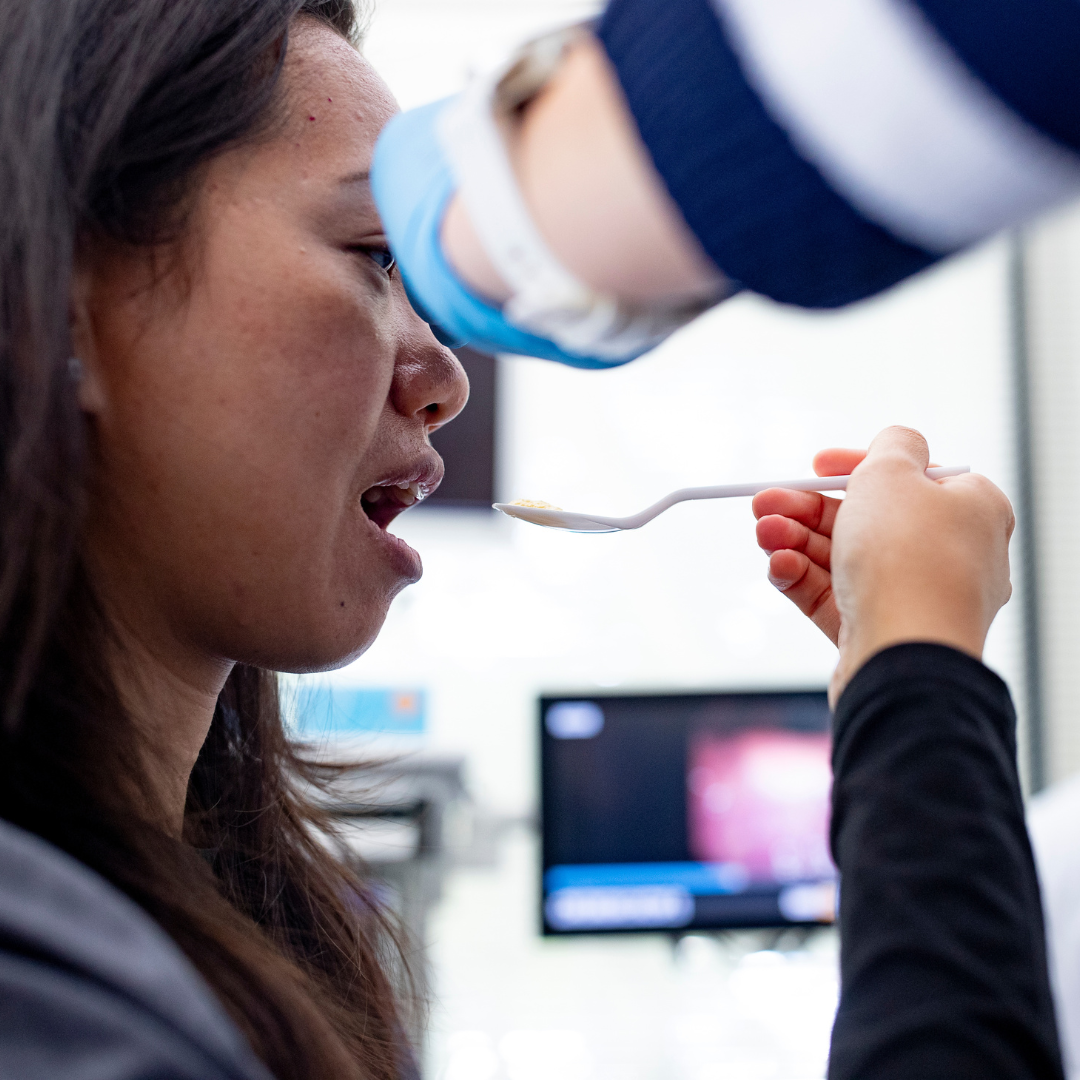Dysphagia: Understanding Swallowing Disorders
A variety of swallowing disorders is called dysphagia. In similar terms it refers to difficulty swallowing, as it takes more effort and time to move liquids or food from the mouth to the stomach. It can occur at any age, but swallowing disorders are more common in older adults.
Symptoms of swallowing disorders
According to John Hopkins Medicine, swallowing disorders cause a variety of symptoms that include:
- Feeling of hard to swallow food or liquids
- Feeling that food is getting caught in the throat
- Pain when swallowing
- Coughing during or right after swallowing
- Choking triggered by the feeling of food or liquid sticking in the throat or entering airways
- Bringing food back up
- Frequent heartburn
- Having food or stomach acid back up in your throat
- Unexpectedly losing weight
 Causes of swallowing disorders
Causes of swallowing disorders
Swallowing may become difficult for many reasons. There are muscles in the throat area called sphincters that allow the food to enter and exit the esophagus. If the muscles stop working together or if one of them stops working completely, food can fail to pass into the stomach. This is due to issues with the muscles or the nerves that supply the muscles or because of certain medical conditions such as a stroke, brain injury, spinal cord injury, multiple sclerosis, ALS, cerebral palsy, Parkinson’s disease or Alzheimer’s disease.
Diagnosis and treatment of swallowing disorders
A speech-language pathologist (SLP) can closely evaluate someone experiencing symptoms of a swallowing disorder. Possible evaluations include:
- Taking a detailed case history of medical conditions
- Looking at the strength of the muscles used for swallowing
- Observing eating behaviors such as posture and oral movements
- A barium swallowing study, which involves the patient eating or drinking items containing barium. The process is viewed on an X-ray to see any coordination issues with the mouth and throat muscles.
- An endoscopic assessment, in which a lighted scope is inserted into the patient’s nose so swallowing can be observed on a screen
Treatment plans vary depending upon the type and cause of the swallowing disorder. Some techniques SLPs use are: specific swallowing exercises, positions or strategies to help someone swallow better such as using thickening liquids to make things easier to swallow or recommending certain foods/liquids.
The Speech-Language institute (SLI) of Salus University offers assessments and individualized treatment plans that can help individuals improve their swallowing function. For more information on SLI’s services or to schedule an appointment, call 215.780.3150.